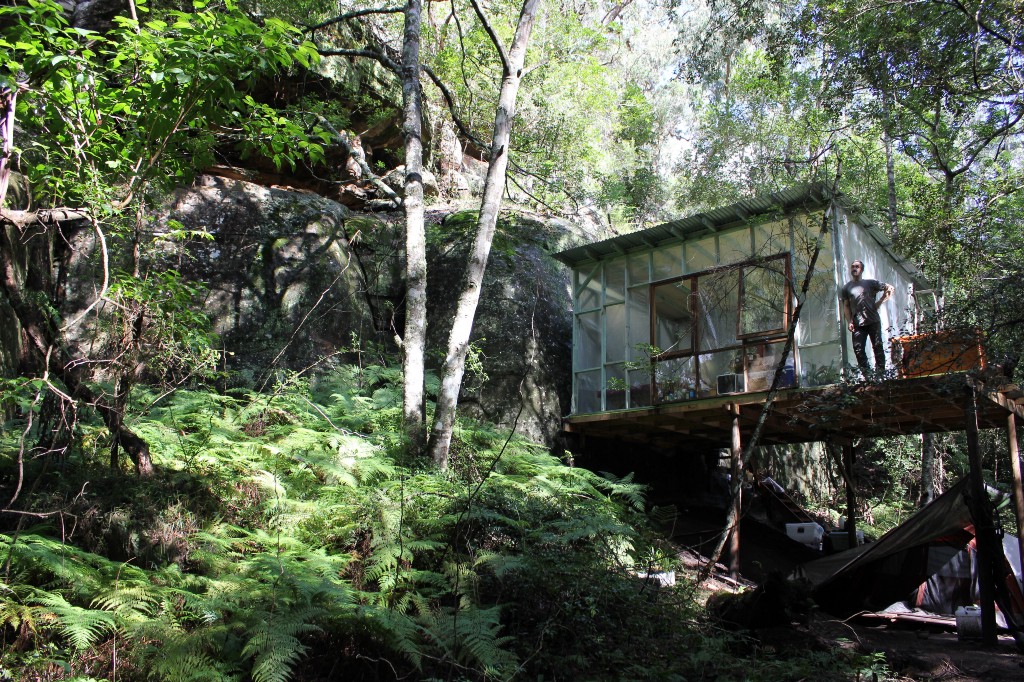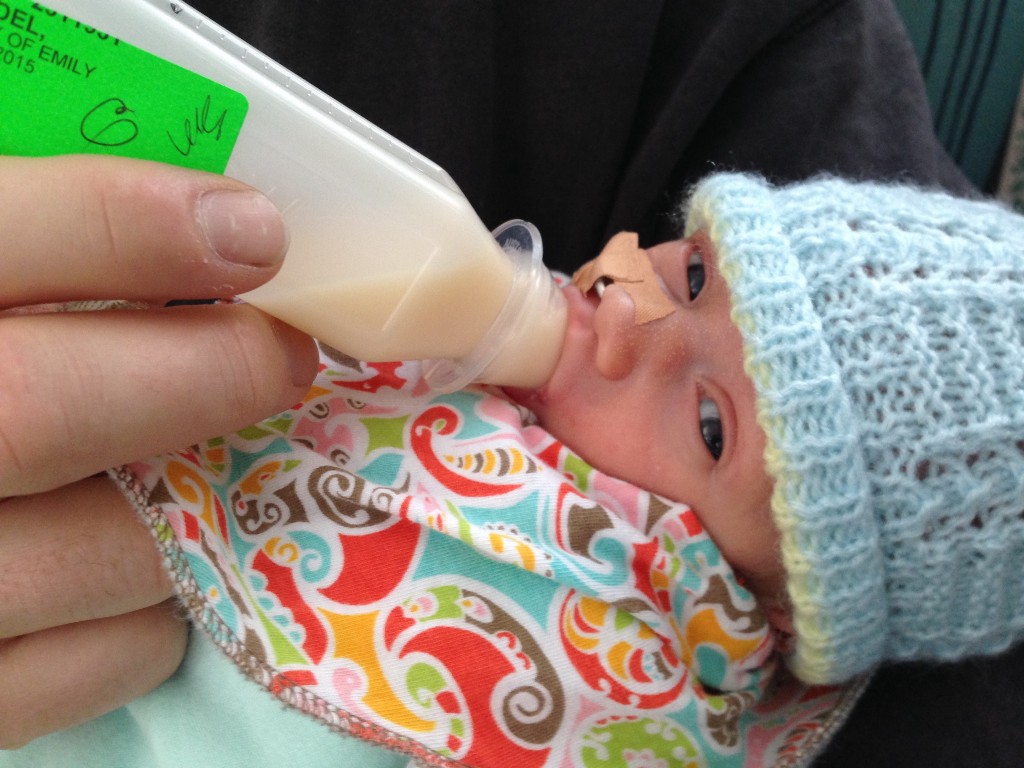Having a Baby When You’re Broke
It’s not as impossible as it seems

When Rohan and I told people we were pregnant with our first child, we were frequently warned “babies are expensive,” then lectured on all the items we’d “need” to buy, as well as the hefty price tags on some of them.
Our boss at the time, who was vehemently anti-consumerism and hated pets because “they’re a waste of resources,” told us his little girl’s pram cost 1500 AUD. Being clueless, we wondered if that was normal and if we’d have to start saving so we could push our newborn around in something worth twice as much as our car. Luckily, that same boss had guaranteed us ample beekeeping work — the honey flow had begun early, and he had big plans for all of us — so we were confident we could afford whatever babies require.
Several months later, we realised the promised work wasn’t going to shoing up. Turns out our boss was slightly delusional, but at least the 1500 AUD pram suddenly made more sense.
Adding to our financial woes, I discovered beekeeping and pregnancy don’t mix. Wearing full protective gear in the Australian summer made the nausea intolerable. Even the amount of time I could spend assembling hives was limited before the uncontrollable puking began.
Just as my ability to earn decreased, a series of minor catastrophes blew out our budget.
We abandoned beekeeping. Rohan landed his dream job with a blacksmith who said we could live on his forty-acre property. The catch: we had to build ourselves a home. Unable to afford rent and building materials, we pitched a tent for shelter and got to work constructing a tiny house.
By this stage — living in a tent, bathing in a nearby stream, and getting rained on ninety percent of the time — the whole “babies are expensive” thing was starting to trouble us. We planned and budgeted carefully, but the anxiety was growing. Would we be able to afford this tiny money-gobbler everyone was talking about?

Just when we thought things couldn’t get worse, they did.
After six long soggy weeks in the tent and two weeks in a house-frame covered in builders’ plastic, we visited family interstate, thinking it would be the last time we’d see them before the baby arrived. (Also by then we were desperate for a hot shower, a couch, and some mindless TV.) Two days into our break, I was hospitalised with preeclampsia. Doctors told us from the get-go that we wouldn’t be going anywhere for a while; I was too ill to leave, and our baby would be delivered prematurely, which meant he’d stay in special care until he was term.
It was two months before we got to take our son home.
Our savings dried up rapidly over those two months. Rock-bottom came in the form of food vouchers from the hospital social worker. The shame of having a new baby to look after, but being incapable of fending for ourselves, was devastating.
This story has a happy ending, though. We bounced back a lot quicker than expected, and we’re now in better financial shape than ever. Importantly, we found out that a baby doesn’t have to break the bank account, and I’d like to share some of what we learned being penniless new parents.

- Figure out what you really need
Flicking through the pages of a baby product catalogue, I became aware of a subtext designed to tap into parental guilt and fear, especially for first-timers like myself. That catalogue almost convinced me I needed to buy the digital baby monitor with Wi-Fi Internet viewing, a 4.3-inch screen, and remote pan, tilt, and digital zoom. It also almost convinced me that being “cheap” was synonymous with not doing the best for my child.
I got a hold of myself, though, and resolved not to let the sneaky sales copy dictate what should be deemed essential. A bit of Googling was all it took to get a better idea about newborn bare necessities.
I’m not going to tell you what you need — that’s a personal decision — but I will tell you what we had to get us through the first few months, and what it cost (in Australian dollars), for the sake of example:
- 3 newborn onesies = $30
- 4 newborn singlets = $8
- 6 bamboo muslin swaddles = $60
- 2 woolen crocheted blankets, 1 woolen sweater, 1 woolen beanie, and a pair of woolen booties from the old ladies at the hospital = $15
- A fancy swaddle/sleeping bag type thing = $40
- 20 modern cloth nappies (diapers) with bamboo inserts = $120
- Baby wrap carrier — the long, stretchy piece of material kind = $50
- 20 reusable bamboo baby wipes = $20
- Burp cloths — we just used old towels and T-shirts, cut up=$0
- Bassinet (second-hand) = $15
- Baby bath tub (second-hand) = $2
- Maternity bras, 3 = $75
- Infant car capsule = $0. we asked the local maternal health care nurse about hiring one, and she said we could have one for free. I’ve seen the same model second-hand for $20.
- Nappy rash cream — let’s say $2 for the 75ml of expensive olive oil I used. We got free samples from the hospital, and I made some of my own, a 1:3 ratio of beeswax to olive oil. Works a treat.
- We also bought some disposable nappies because they’re easier for nights (the cloth ones fill up quite quickly, which means extra wake-ups). Two packs of 108 cost $63.
So, all up, we were out of pocket about $500. With a bit more effort, I’m sure we could have lowered that figure.
2. You will probably get gifts, more than you know what to do with
We have small families and few close friends, so we were surprised by the torrent of gifts we received and some of the places they came from, like the parents of a high school friend I hadn’t seen in years. I can only imagine how much stuff you’d get if you threw a baby shower or had more than three friends.
We were mainly given clothes and books, partly because if people asked, that’s what we requested. Other than the onesies and singlets we originally bought (a total of $38), we haven’t spent another cent on clothes in over a year; gifted clothing, along with hand-me-downs from my sister’s two boys, has been more than enough.
3. There’s no shame in second-hand
Baby paraphernalia is big business and often there’s a relatively small window of time in which an item is useful — that’s great news for second-hand bargain-hunters like us.
When our son was in the special care nursery, I needed a hospital grade breast pump. We bought one second-hand on Gumtree for $100. Hiring from the hospital for a month would have been more expensive and the same model, new, retails for around $250.
And remember that $1500 pram I mentioned earlier? Well, so far we’ve spent exactly zero dollars on something to push the baby around in. We borrowed a pram when our son began objecting to baby-wearing after a few months, then Rohan came home one afternoon, grinning like a Cheshire cat because he’d found a stroller and a high chair free on the side of the road, given away by an old couple whose grandchildren had outgrown them. Rohan went back later and thanked them with a jar of our backyard honey for saving us a lot of money.

4. The price tag doesn’t necessarily reflect the value or quality
Not long ago, we needed to transition the little one to a forward facing car seat. With some research, I discovered that cost isn’t always indicative of the level of protection provided: some of the most expensive seats had the lowest safety ratings.
In the end, I found a second-hand seat with the highest safety rating on eBay for $120 (including shipping), which isn’t bad given the high-end seats go for over $500.
5. Entertainment is cheap
We purchased some lovely, eco-friendly toys for our son’s first birthday this year, the only toys we’ve bought him so far. He thinks they’re alright, but here’s a list of things he’d prefer to play with:
- Anything in the kitchen cupboards
- My shoes
- The vacuum cleaner
- A stick
- A bottle of water
- The laundry basket
- A piece of fluff he found on the floor
- A plastic peanut butter jar filled with rice
- A scrunched up piece of paper
- His exhausted parents

Along with learning the hard way that babies don’t need to be anywhere near as costly as some people like to make out, we learned that if we have to live in a tent, it will rain — a lot. So, the scrimping and saving continued, and we’ve built up a healthy emergency fund of $14,000. If disaster strikes again, we know we’ll be able to take care of ourselves, and our son.
Emily Friedel is a freelance writer based in Victoria, Australia. You can follow her on Twitter via @ej_friedel
Support The Billfold
The Billfold continues to exist thanks to support from our readers. Help us continue to do our work by making a monthly pledge on Patreon or a one-time-only contribution through PayPal.
Comments